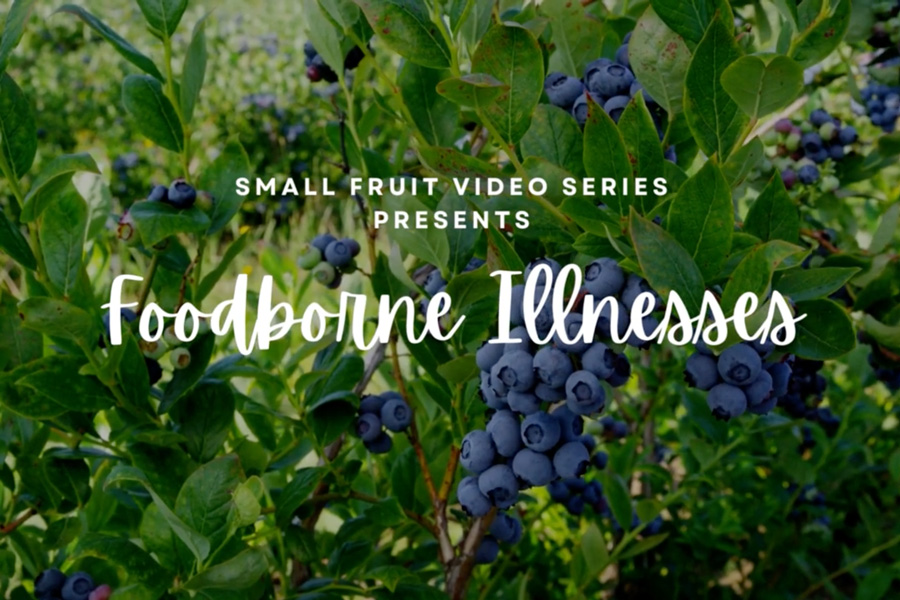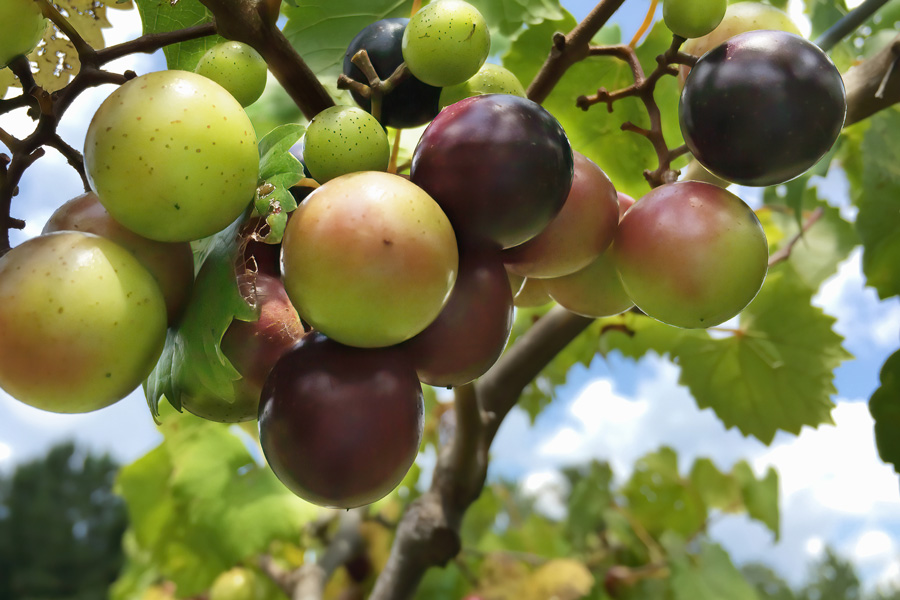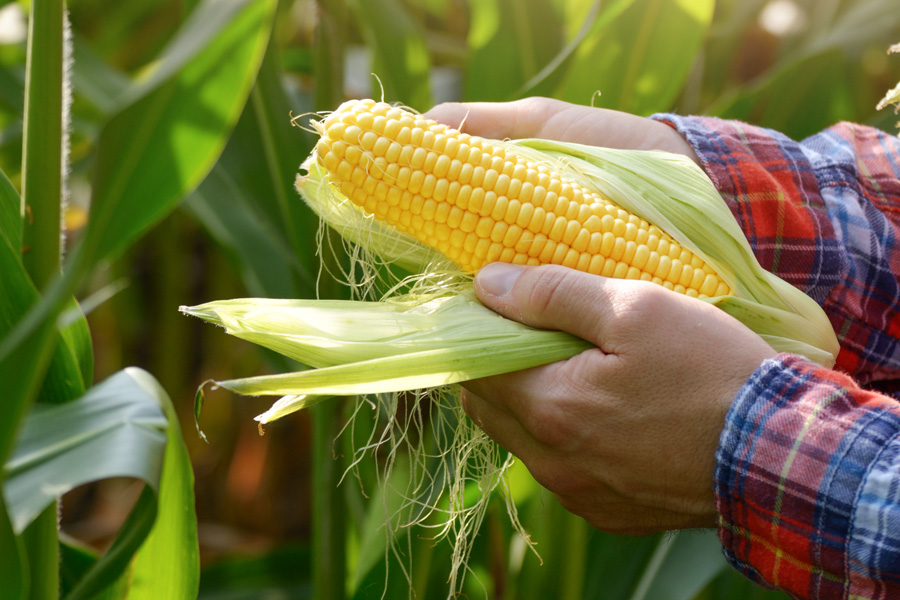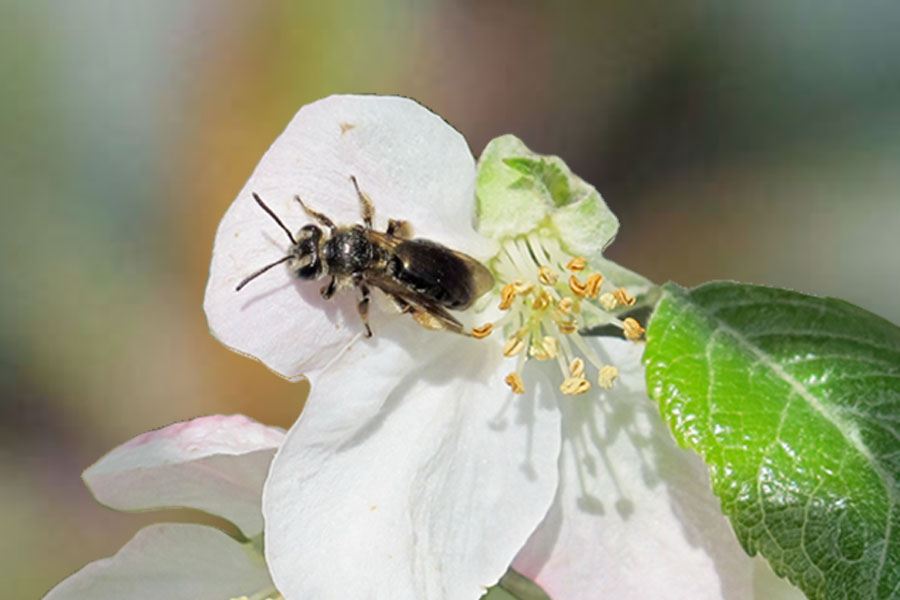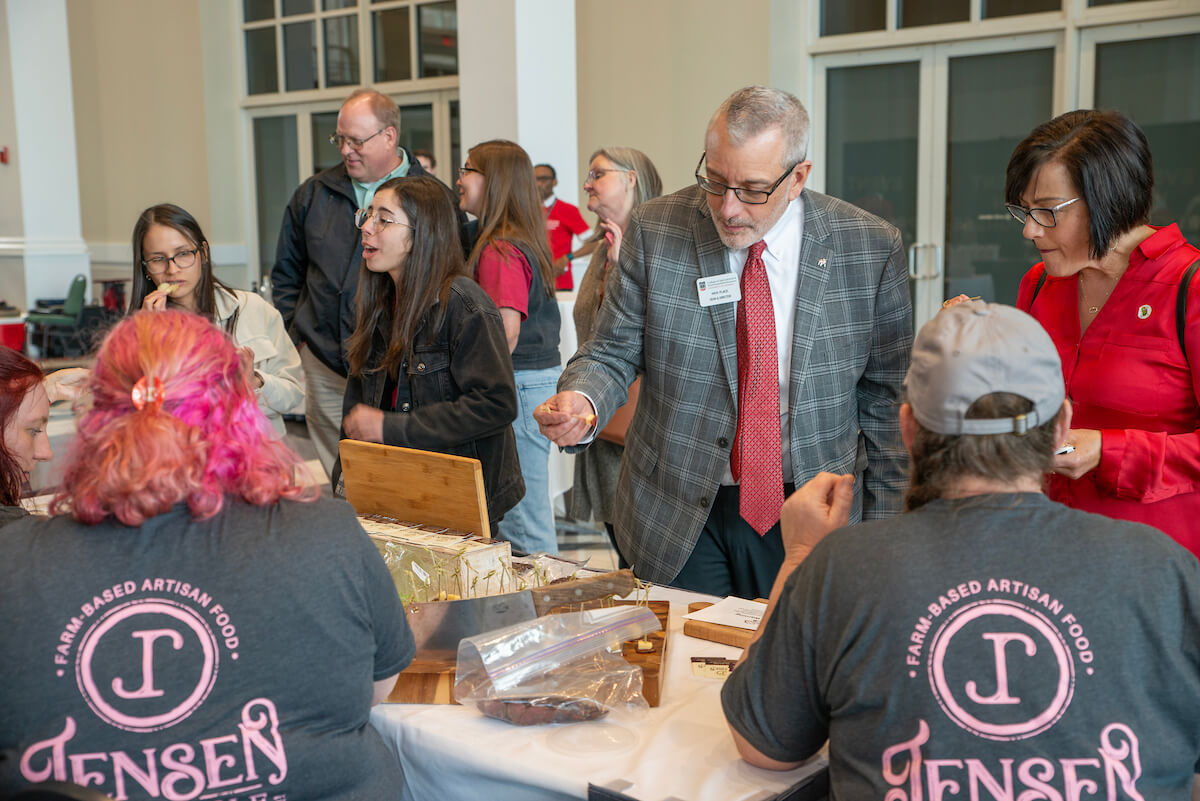Additional author: Camila Rodrigues, Assistant Professor and Food Safety Extension Specialist, Auburn University Department of Horticulture.
Foodborne illnesses sicken approximately 48 million Americans a year and result in significant financial losses for the food industry. Outbreaks of foodborne illness have been linked to consumption of small fruit products, but growers and packers can take precautions to reduce food safety risks on their operations.
This video discusses what foodborne illnesses are, what causes them, and basic steps that can be taken to ensure the production of safe fruit.
This video was produced in collaboration with the Auburn Department of Horticulture.
